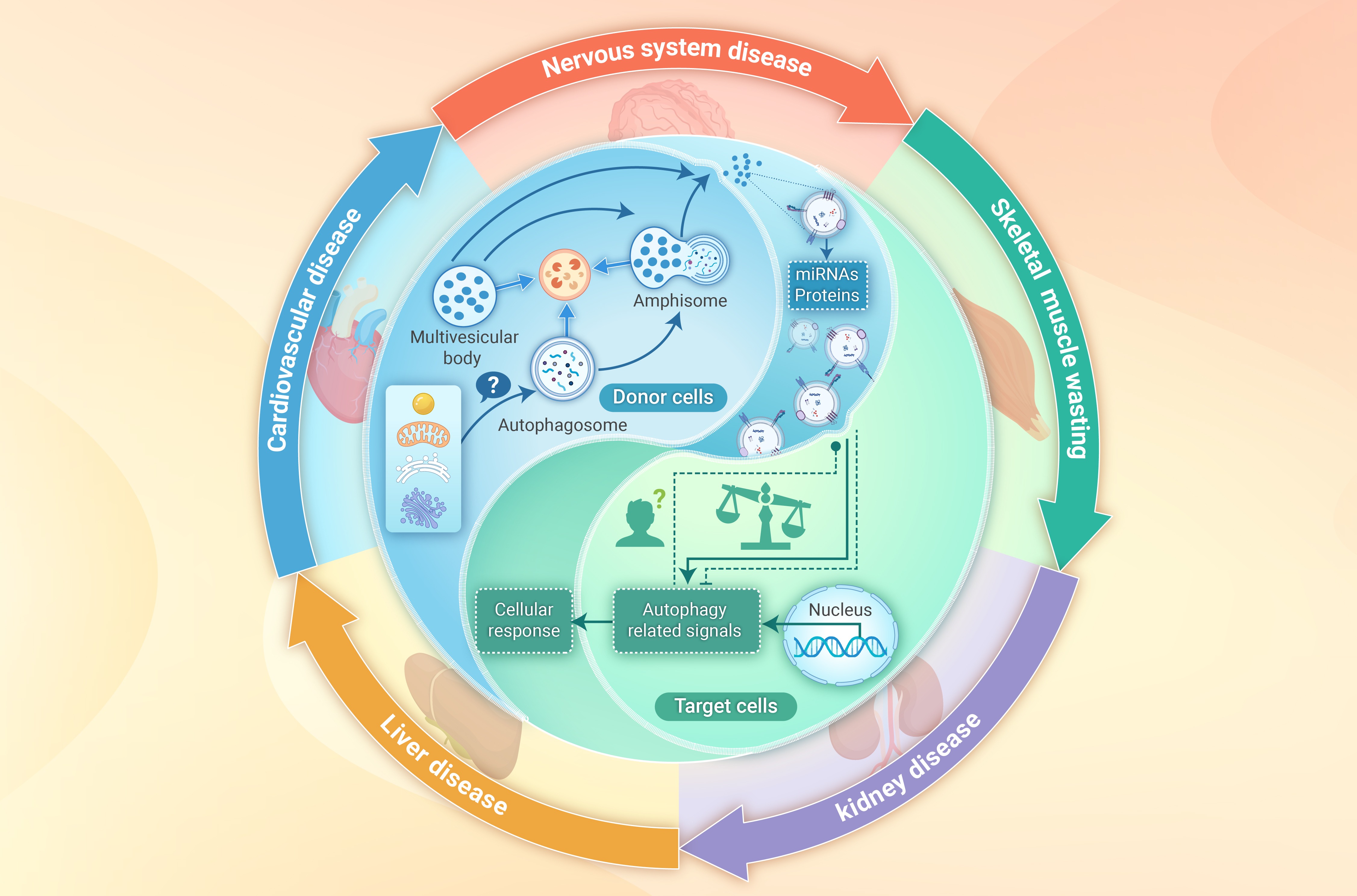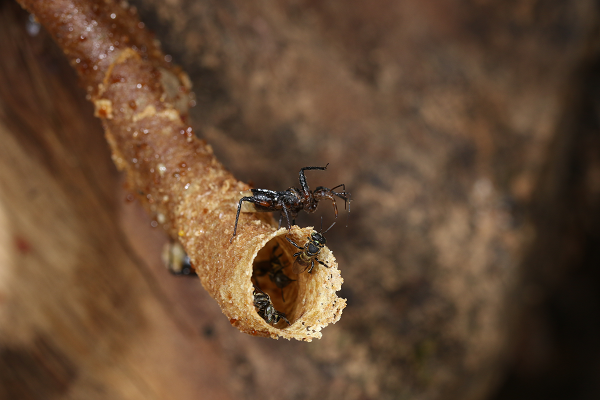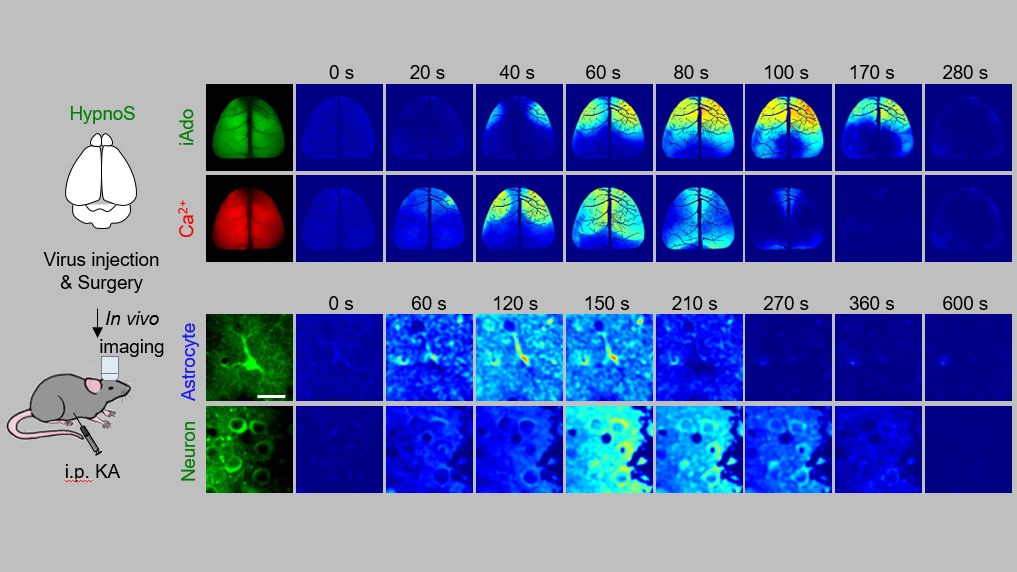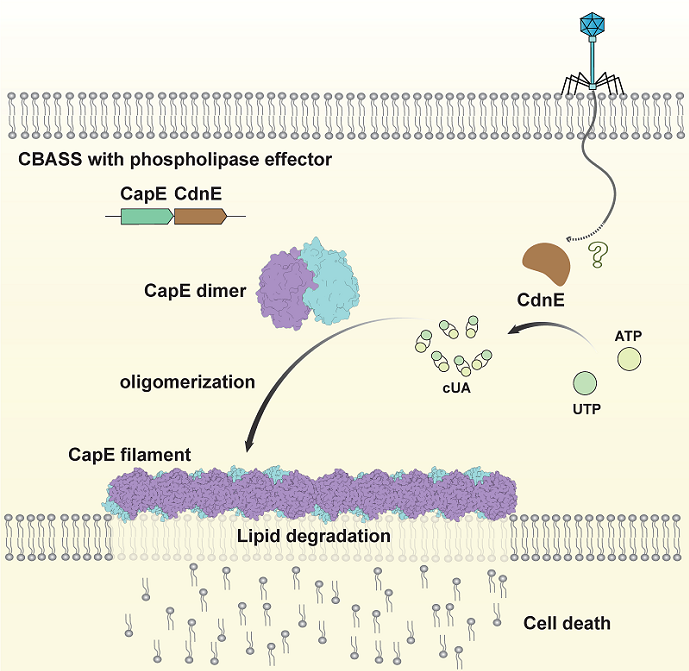

A recent review led by Academician YiN yulong from the Institute of Subtropical Agriculture has shed new light on the intricate interplay between exosomes and autophagy-two cellular processes increasingly recognized as key regulators of tissue communication and homeostas.

Tool use is widely reported across a broad range of the animal kingdom, mainly among vertebrates. Now, however, Chinese researchers have identified a remarkable example of tool use in the insect world.
A recent study led by Prof. LI Wenjun from the Xinjiang Institute of Ecology and Geography of the Chinese Academy of Sciences has shed light on the evolutionary mechanisms underpinning the diversification of the genus Lappula.

a research team led by WU Zhaofa from the Institute of Genetics and Developmental Biology, in collaboration with WANG Jing and LI Yulong from Peking University, has shown the development of a novel genetically encoded fluorescent sensor for real-time, cell type-specific monitoring of intracellular adenosine (iAdo).

A joint research team from the Institute of Biophysics of the Chinese Academy of Sciences and the Beijing Institute of Technology has uncovered a pivotal mechanism by which bacteria defend themselves against viral infection.

A research team led by Prof. ZHU Yingjie from the Shenzhen Institute of Advanced Technology (SIAT) of the Chinese Academy of Sciences has revealed the neural mechanisms by which social rank influences vulnerability to drug addiction.

86-10-68597521 (day)
86-10-68597289 (night)

52 Sanlihe Rd., Xicheng District,
Beijing, China (100864)

